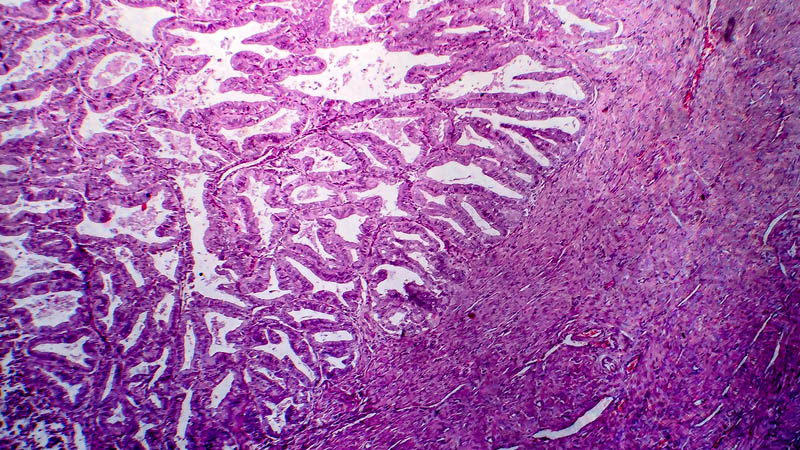Changes in the Treg lymphocyte population levels in patients being treated for ovarian cancer with chemotherapy
Michał Wiśniewski1, Krzysztof Koper2, Ewelina Łukaszewska3, Wojciech Jóźwicki3, Wiesława Windorbska4, Magdalena Dutsch-Wicherek5, Łukasz Wicherek2
 Affiliacja i adres do korespondencji
Affiliacja i adres do korespondencjiRegulatory T lymphocytes CD4+CD25+FOXP3+ or Treg cells play a major role in immune system surveillance and tolerance. Treg cells are critical for controlling the immunological system because they inhibit the cytotoxic response. Moreover, it has been found that Treg cell recruitment into the tumor microenvironment reduces the chances of survival in cancer patients and that an increase in Treg cells in the peripheral blood correlates with the progression of ovarian cancer. In our study we addressed Treg cell population changes in cases of ovarian cancer where the patients were treated with chemotherapy. Using flow cytometry we determined the levels of CD4+CD25+FOXP3+ lymphocytes in the peripheral blood of the patients prior to chemotherapy, after 3 courses of chemotherapy, and then after 6 courses (the respective regimens were: TK – 13, CP – 1, TPT – 1 patient). We observed that the Treg lymphocyte levels of ovarian cancer patients decreased after 3 courses of chemotherapy though the difference (p=0.3) was not statistically significant. After 6 chemotherapy courses, however, levels did increase to a statistically significant degree (p=0.02). We have therefore concluded that a measurement of the Treg cell population could be helpful in estimating the impact of chemotherapy on a patient’s host immune system during the systemic treatment of ovarian cancer.









